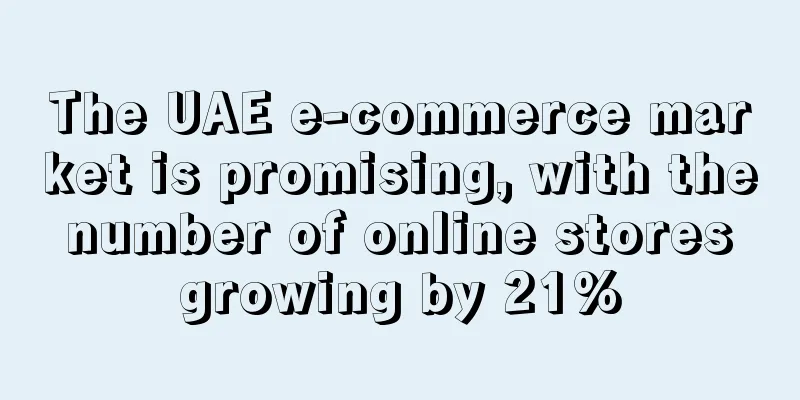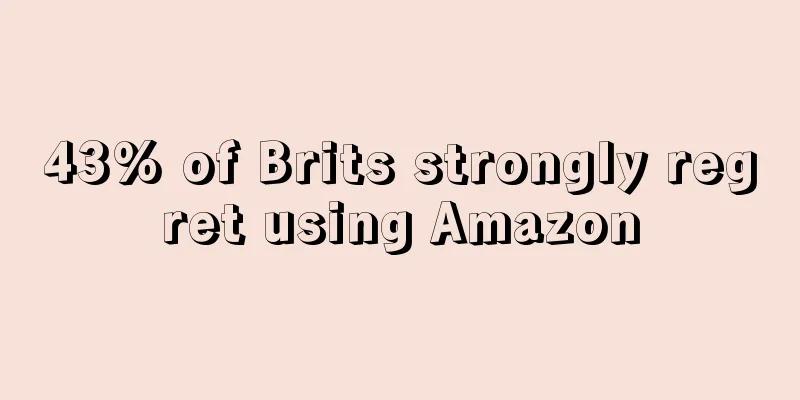The UAE e-commerce market is promising, with the number of online stores growing by 21%

|
“As Covid-19 kept consumers around the world at home, nearly everything from groceries to gardening supplies was bought online,” the report said. “To put it another way: e-commerce accounted for about $1 in every $5 spent on retail in 2020, up from about $1 in every $7 in 2019.”
According to the Dubai Future Foundation, before the COVID-19 pandemic, the UAE's digital economy contributed 4.3% to the country's GDP. Based on current trends, the country's e-commerce industry will reach $62.8 billion by 2023. The report said that the growth in UAE e-commerce consumer spending was mainly due to a 21% surge in the number of online stores.
The Mastercard report noted that approximately 20% to 30% of the global coronavirus-related digital shift is expected to be permanent.
The Gulf region’s booming regional online shopping market is expected to grow by more than a third this year to a total of $30 billion, according to a report by Wamda and MIT.
By the end of 2020, the region's e-commerce market will be worth $22 billion, driven by online shoppers from Saudi Arabia, Egypt and the UAE. According to the study, these three countries account for 80% of the region's overall e-commerce market. By 2024, Saudi Arabia's market is expected to reach $8.2 billion.
Mastercard analysis shows that consumers around the world are shopping on more websites and online marketplaces than ever before, reflecting a wider range of consumer choice. Residents of countries such as Italy and Saudi Arabia are 33% more likely to shop in online stores on average, followed by Russia (29%), the United Kingdom (22%) and the United Arab Emirates (21%).
“While consumers were stuck at home, their money was traveling far and wide because of e-commerce,” said Bricklin Dwyer, Mastercard’s chief economist and director of Mastercard Economics. “This has significant implications, and countries and companies that prioritize digitalization will continue to gain. Our analysis shows that even the smallest businesses are seeing gains after shifting to digital.”
Essential retail sectors, which had the smallest digital market share before the crisis, have seen some of the largest gains as consumers adjust. As new consumer habits take hold and given the lower user base before the pandemic, experts expect that globally, 70% to 80% of grocery e-commerce will remain in the long term.
With global international e-commerce growing 25% to 30% during the pandemic, consumers increased their e-commerce footprint, purchasing up to 30% more items from online retailers, the report said. middle East |
Recommend
What is GLOBAL AM-BRIDGE? GLOBAL AM-BRIDGE Review, Features
GLOBAL AM-BRIDGE is an overseas comprehensive ser...
What is Langhan Technology (Overseas Marketing Agency)? Langhan Technology (Overseas Marketing Agency) Review, Features
Founded in 2017, Longham Group is committed to pr...
What is Centro Brands? Centro Brands Review, Features
Centro Brands is a technology company that has be...
What is Shenmahui Intellectual Property? Shenmahui Intellectual Property Review, Features
Shenmahui Intellectual Property is committed to p...
What is Meiyi International Logistics? Meiyi International Logistics Review, Features
Shenzhen Meiyi International Logistics Co., Ltd. ...
What is ChuangXiang Amazon ASIN Data Collector? ChuangXiang Amazon ASIN Data Collector Review, Features
Chuangxiang Amazon ASIN Collector (Chuangxiang Am...
A lot of money! An e-commerce brand sold more than 40,000 units a day in October
According to the latest report from foreign media...
Gross profit increased by 57.8% year-on-year! Meiya big brands sold 700 million in one quarter
"People are loving camping more and more. It...
Russian food e-commerce grows significantly
It is reported that in the second quarter of this...
FBA costs soar again! Amazon sellers are confused
Amazon sellers found that FBA costs are quietly s...
What is Jiezhou Technology? Jiezhou Technology Review, Features
Jiezhou Technology (Shenzhen Jiezhou Technology Co...
What is Wire Transfer? Wire Transfer Review, Features
Telegraphic Transfer (T/T) is one of the basic met...
The Amazon.com will strictly investigate price gouging, and violators may be blocked!
As the COVID-19 pandemic spreads around the world...
What is Adbeat? Adbeat Review, Features
Adbeat is a tool for monitoring your competitors&#...
Taobao and Tmall launched the "buy one across stores" campaign, with one merchant selling 14,000 orders of laundry detergent at one time
The reporter learned from Taobao that the Taobao ...









